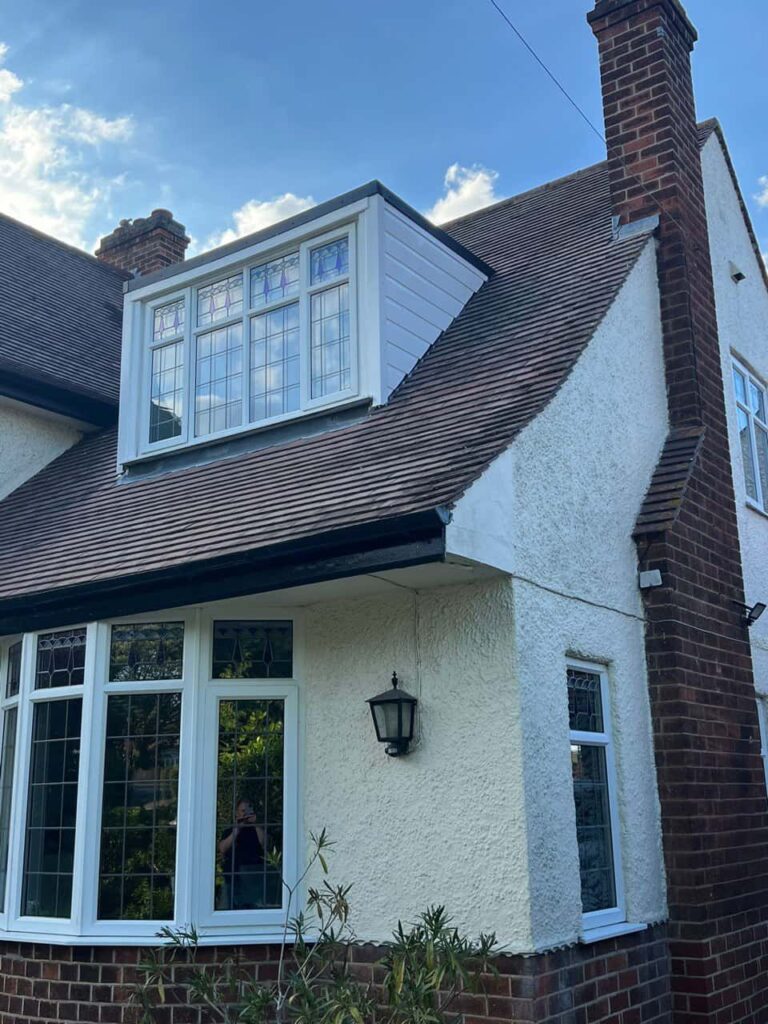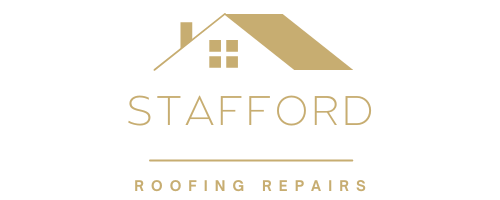Introduction: At Stafford Roofing Repairs, we recognise that shingle roofs are a popular and practical choice for many homeowners due to their affordability and ease of installation. However, even the most resilient shingle roofs can encounter problems that require urgent attention. Whether the damage is caused by severe weather, fallen debris, or general wear and tear, it’s crucial to handle emergency repairs promptly to prevent further complications. In this blog post, we’ll provide essential guidance on managing emergency roof repairs for shingle roofs, helping you navigate the situation effectively and ensure the continued protection of your home.
Common Causes of Shingle Roof Damage
Shingle roofs, while durable, are susceptible to various types of damage. Understanding these common causes can help you address issues swiftly and efficiently:
1. Severe Weather
- High Winds: Strong winds can lift or remove shingles, creating gaps in your roof that can lead to leaks and further damage.
- Hail: Hailstones can impact shingles, causing cracks, dents, or even breaking them completely.
- Heavy Rain: Persistent heavy rain can exacerbate existing vulnerabilities in shingles, leading to leaks and water damage.
2. Fallen Debris
- Tree Branches: Branches or other debris falling onto your roof can damage or dislodge shingles, exposing your home to the elements.
- Other Objects: Items such as leaves, dirt, or garbage can accumulate on your roof and cause issues if not regularly removed.
3. General Wear and Tear
- Age: Over time, shingles can become brittle and lose their effectiveness due to exposure to sun, wind, and rain.
- Improper Installation: Poor installation practices can result in shingles that need to be properly secured, leading to potential problems.
Immediate Steps for Emergency Shingle Roof Repairs
When you discover damage to your shingle roof, taking prompt action is essential to minimise further issues. Here’s a step-by-step guide to handling emergency repairs:
1. Assess the Damage
- Prioritise Safety: Before inspecting the roof, ensure your safety. Avoid climbing onto the roof unless it is safe, and use appropriate safety equipment. If unsure, inspect from the ground using binoculars for visible damage.
- Identify Issues: Look for missing, cracked, or damaged shingles. Check for signs of leaks inside your home, such as water stains on ceilings or walls.
2. Temporary Repairs
- Cover Leaks: If you find leaks, cover them with a temporary patch using a waterproof tarp or plastic sheeting. Secure the cover with weights or tape to prevent further water ingress.
- Replace or Secure Shingles: If it’s safe, replace any missing or damaged shingles with spare ones. For shingles that have been lifted or partially dislodged, try to secure them back in place using roofing nails or adhesive.
3. Clear Debris
- Remove Debris: Carefully clear debris from the roof to prevent additional damage or blockages. Be careful not to harm the shingles while removing debris.
When to Call a Professional
While temporary measures can provide immediate relief, it’s important to seek professional help for a thorough inspection and repair:
1. Professional Inspection
- Detailed Assessment: A professional roofer can perform a comprehensive inspection to assess the extent of the damage and identify any underlying issues that may not be visible at first glance.
- Accurate Diagnosis: They can determine whether the damage is superficial or if more serious concerns must be addressed.
2. Expert Repairs
- Shingle Replacement: Professionals can replace damaged or missing shingles with the correct type and style to ensure a seamless match and restore the roof’s effectiveness.
- Leak Repair: They can properly address leaks by repairing or replacing flashing, checking for damaged underlayment, and ensuring the entire roof is watertight.
3. Safety and Warranty
- Safety: Roofing professionals have the training and equipment to safely access and repair your roof, reducing the risk of accidents.
- Warranty: Professional repairs often come with warranties, which provide peace of mind and protection against future issues.
Preventive Measures for Shingle Roofs
To minimise the risk of emergencies and prolong the life of your shingle roof, consider the following preventive measures:
1. Regular Inspections
- Schedule Inspections: Have a professional inspect your shingle roof regularly to identify and address potential issues before they escalate.
2. Routine Maintenance
- Clean Roof: Keep your roof clean and debris-free to ensure proper drainage and prevent damage.
- Inspect and Maintain Flashing: Regularly check the flashing condition around chimneys, vents, and skylights and address any issues promptly.
3. Tree Maintenance
- Trim Overhanging Branches: Regularly trim branches that overhang your roof to reduce the risk of damage from falling debris.
4. Proper Installation
- Choose Qualified Contractors: Ensure that any installation or repair work is performed by qualified professionals who adhere to best practices and industry standards.
Conclusion: Emergency repairs for shingle roofs require swift and effective action to prevent further damage and protect your home. Understanding common causes of damage, taking immediate steps to address issues, and involving professionals ensure your roof remains in good condition.
Call us on: 01785 904 494
Click here to find out more about Stafford Roofing Repairs
Click here to complete our contact form and see how we can help you with your roofing needs.

